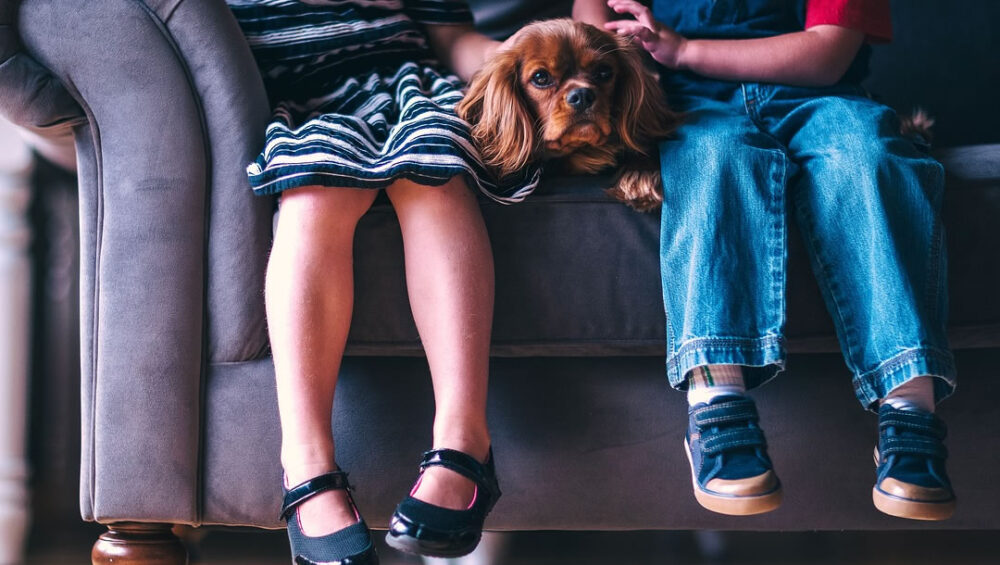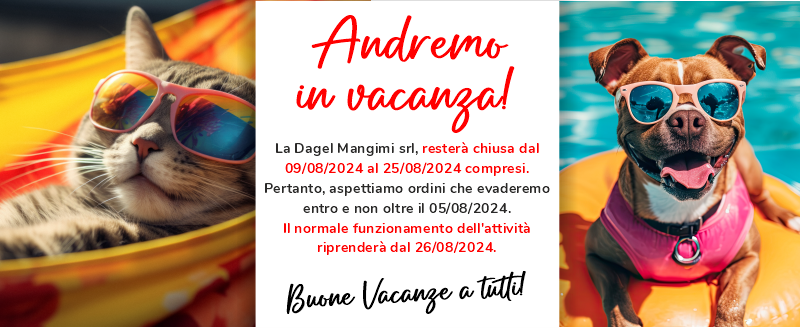Experts' tips for finding the ideal dog breed for every family
Not always those who decide to bring a dog into their home know what to expect. Dogs keep people company, are affectionate and loyal, but each breed has its own characteristics: it is better to inform yourself and take this into account in good time.
Research in Great Britain has found that one in three new owners seek advice on the Internet alone as to which type is best for them, which explains why around 120,000 British dogs are returned and relocated to other homes each year after an unhappy experience.
In Italy 100,000 dogs are abandoned every year. It is certainly not their fault: there are those who choose a German Shepherd just because he had a grandfather who was a policeman, without knowing that they will have sofas and furniture perpetually covered in hair, because the moulting of these dogs is always very intense.
Kate Humble, one of the UK's leading dog experts, gave a two-part lecture on the BBC aimed at families planning to buy a puppy.
First of all, you should make a severe examination of conscience and check whether you really have the time and the will to take your dog seriously, to walk him, not to leave him too much alone and to let him live in an environment congenial to him.
The German Shepherd, for example, needs a lot of training to learn not to be aggressive with strangers. A Shih Tzu is very elegant and friendly, but requires more daily make-up than a professional model and must have owners with a lot of time on their hands.
Maintaining dogs is also much more expensive than one would think. The amount of food they consume depends on their size and voracity (Labradors and Beagles eat all the time), but then there are the expenses for vet visits, medication, and regular grooming.
It has been calculated that a Great Dane, which weighs between 70 and 90 kilos as an adult, will cost its owner around 30,000 pounds (38,000 euro) over the course of its life, which lasts an average of eight years.
A Golden Retriever costs slightly less (34,000 euros) for about 11 years of life.
To the foreseeable expenses must then be added the unforeseen ones. The dogs that cause the most damage are Rottweilers, with an average of EUR 600 per year, closely followed by Boxers (EUR 580) and Huskies (EUR 530).
If you live in a block of flats or even just want to live in peace, you will also have to take into account the breeds that bark the most, because after buying it, no one will be able to convince a Lasha Apso to give up its 112 (on average) annoying barks per week, emitted at a sound intensity of up to 110 decibels, the sound of a jackhammer. Better is the Cocker Spaniel, which barks only 14 times a week at 88 decibels.
When children want a dog, they always promise their parents that they will be the ones to walk it, something that should never be believed.
It is therefore good to know that a Labrador needs more than two hours of walking per day, like German Shepherds, Boxers and Collies. The Jack Russell needs to walk for one or two hours a day, spread over two or three walks. The decidedly lazy Pug, on the other hand, is content with 20 minutes, but needs to expend energy playing indoors.
At least twice a year, when they change their moult, dogs leave a lot of hair in the house. If you are not prepared to tolerate them, it is best to avoid buying German Shepherd, Golden Retriever, Labrador and Jack Russell puppies. The dog that loses the least hair is the vain Yorkshire Terrier, which has such a beautiful, long and shiny coat that it prefers to keep it.
***** NOTE TO READERS ****
This article is about purebred animals, but there are many dogs waiting for a family in kennels.







